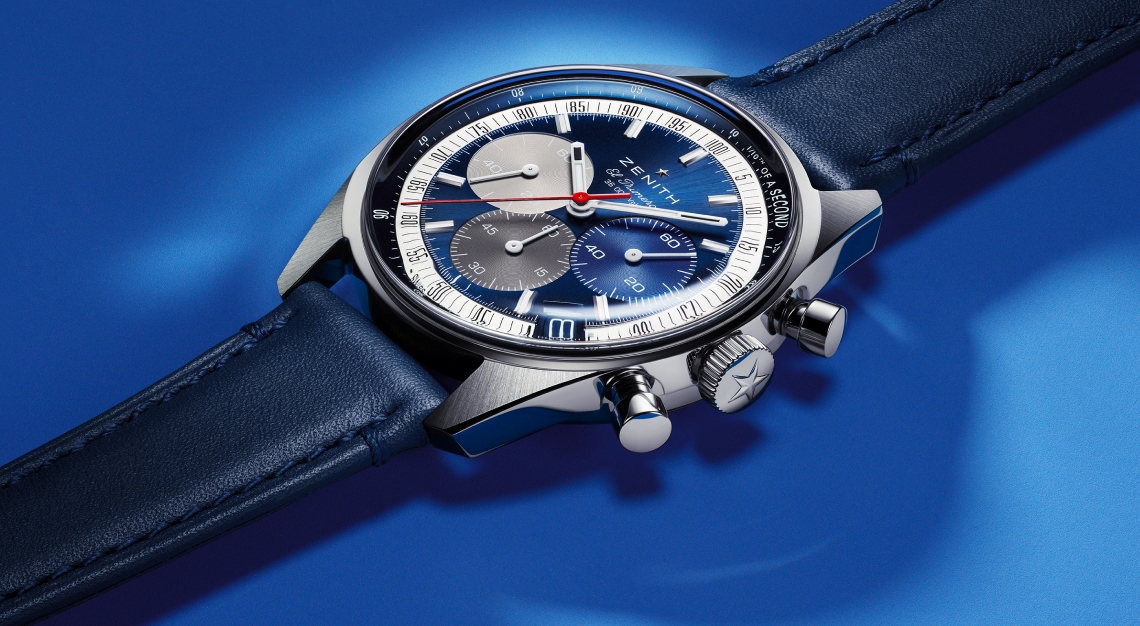By providing a well of inspiration, the past propels the future at IWC Schaffhausen, says David Seyffer, the Swiss brand’s museum curator
The origin story of IWC Schaffhausen’s Portugieser collection continues to be played out with striking familiarity. In the halls of Watches and Wonders 2024, we see businessmen speaking to watch brands, asking them to create something special for their customers back home. The same scenario took place in the 1930s, when two Portuguese businessmen, Rodrigues and Antonio Teixeira, visited IWC’s headquarters in Schaffhausen and requested the brand to make a large stainless steel wristwatch that would be as precise as a marine chronometer.

Having joined IWC in 2007, David Seyffer is aware that some watch companies like to take liberties with reframing historical narratives to suit their marketing objectives. But this will never be the case with IWC. “If people hear that you lie about your past, then what are the chances of you lying about the products?”
Building For The Future
Although Seyffer’s responsibilities are centred on building a deep and comprehensive repository that documents IWC’s past, he says that his team is in a “lucky position” as they also get to work on the conception of new watches. “The team is called Product Strategy Heritage and it is through here that we get to contribute directly to, or inspire, the creation of new watches,” he says.

New watches, such as the new Portugieser Eternal Calendar, which benefits from the company’s rich lineage. IWC’s star novelty—and one of Robb Report Singapore’s top picks— for 2024, the Eternal Calendar joins the dots between the desire for an ultra-precise chronometer-style wristwatch circa the 1930s, and the invention of IWC’s groundbreaking perpetual calendar complication from 1985, with myriad displays that can be adjusted from the crown.
Categorised as a secular perpetual calendar, the Portugieser Eternal Calendar trumps regular calendars, which automatically adjust for leap years and different month lengths based on a 400-year cycle. Going one up, the Portugieser Eternal Calendar adjusts for skipped leap years to be accurate until the year 3999. More astoundingly, IWC purports its moonphase display will be accurate for the next 45 million years.
“If you think about it, most of the basic watchmaking principles and components have been established since the 17th century. With the Portugieser Eternal Calendar, IWC is creating something totally new and innovative—yet based on core traditions. I find this utterly fascinating,” says Seyffer.

Indeed, one finds the lingering traces of history across IWC’s latest line-up. The Portugieser Automatic 42 models, presented in a variety of classy coloured dials, hark back to the original—this time updating its use of a high-precision pocket watch movement with a modern in-house automatic calibre with a seven-day power reserve. The same goes for its complications. Whether a fresh iteration of the perpetual calendar (Portugieser Perpetual Calendar 44) or a new tourbillon model with day-night indicator (Portugieser Hand-Wound Tourbillon Day & Night), they are all hewn from a specific place and time within IWC’s rich heritage.
“The process of looking back to the past has always been integral to IWC,” says Seyffer. “Whether it is the Portugieser Eternal Calendar or the first ceramic watches we made in the 1980s, the company might be creating something totally new, but it is important to have the backstory, the reasons why we do certain things. This is so that we can imagine what the future might look like.”
This story first appeared in the August 2024 issue. Purchase it as a print or digital copy, or consider subscribing to us here






